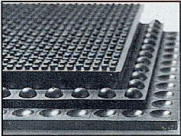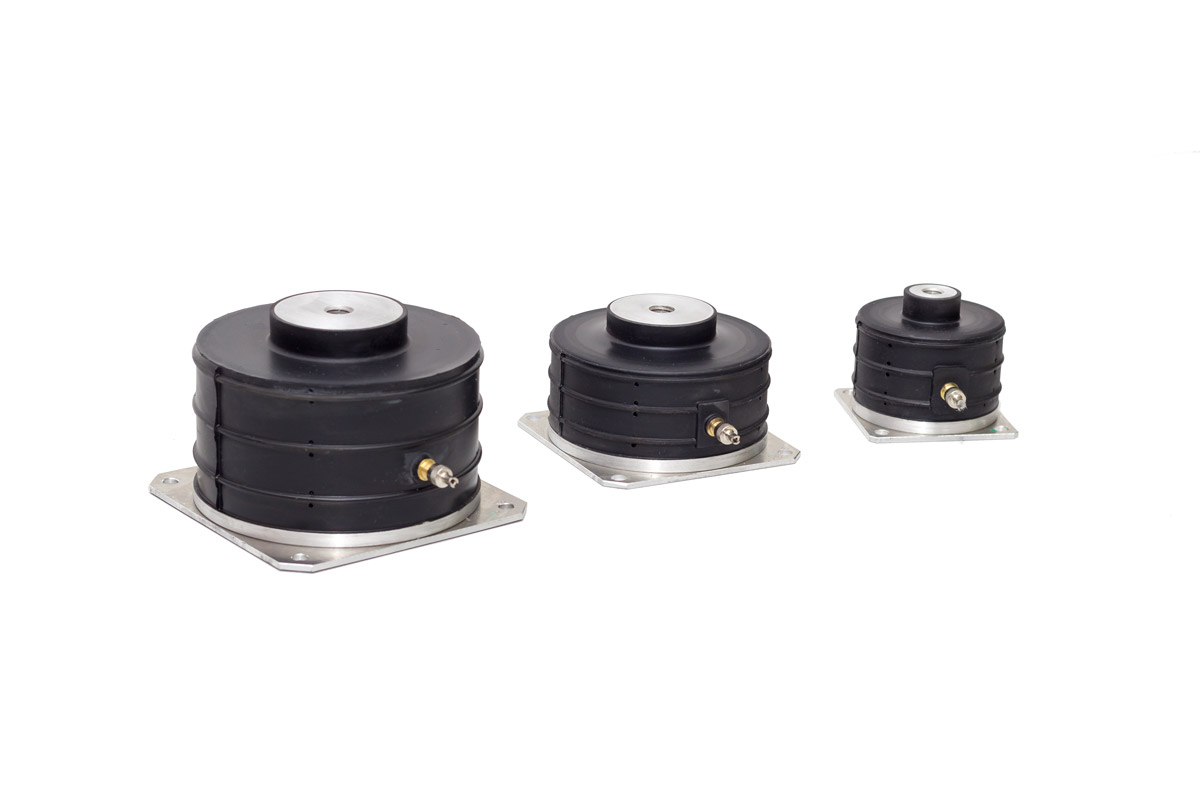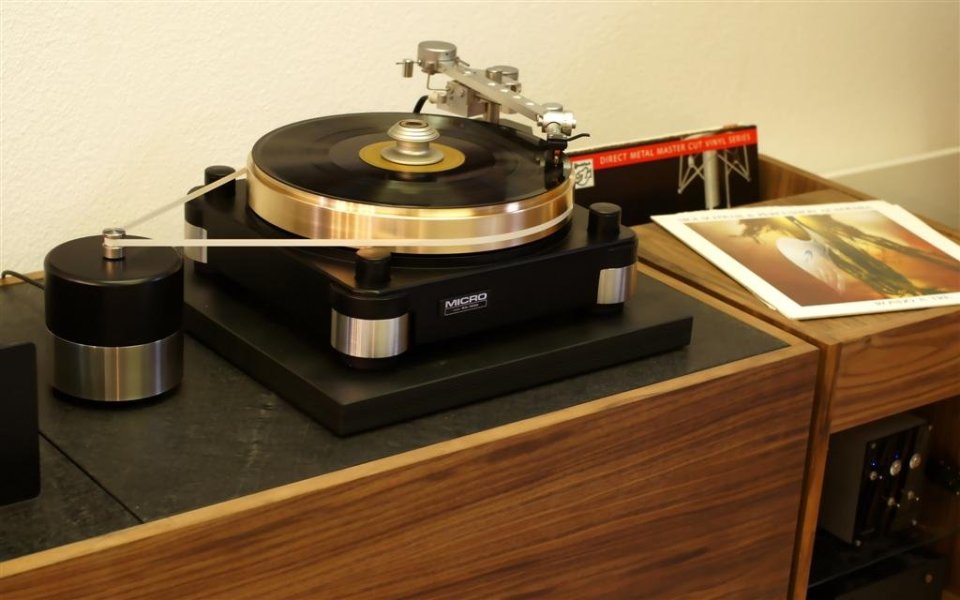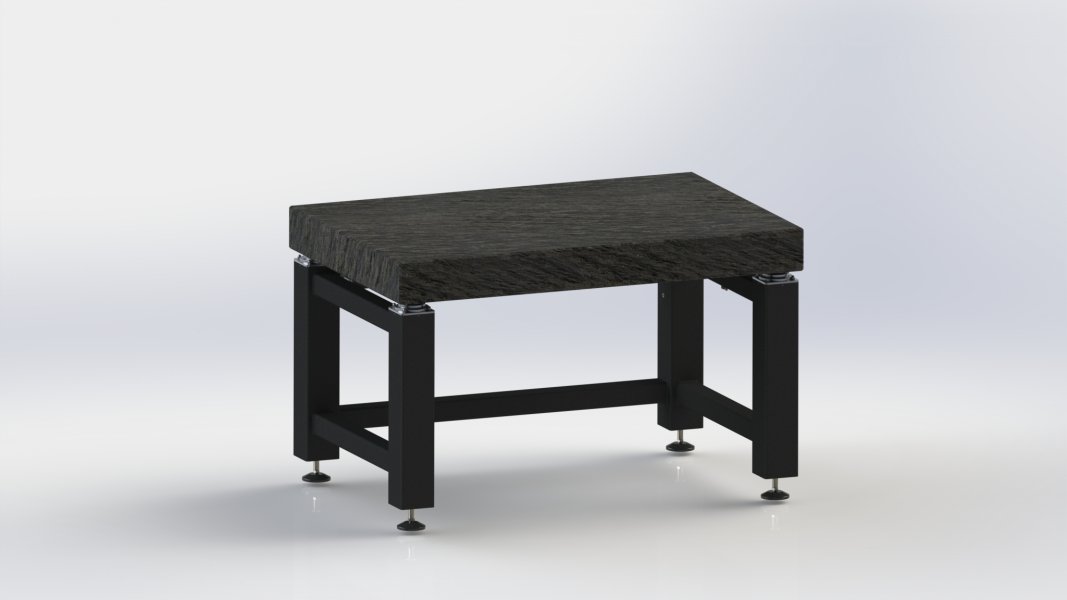Hi Tony,Fully agree, and done right you will get significant improvement.
That's why I recomend these.
Absolutely, I see your point. However, I believe it’s important to note that a universal recommendation isn’t always possible in this case. Every setup is different, and factors like external resonance management and the overall system need to be considered to achieve the best results.
Simply saying that rigid feet are better than damped feet isn’t always the way.
Best regards,
Florian





















